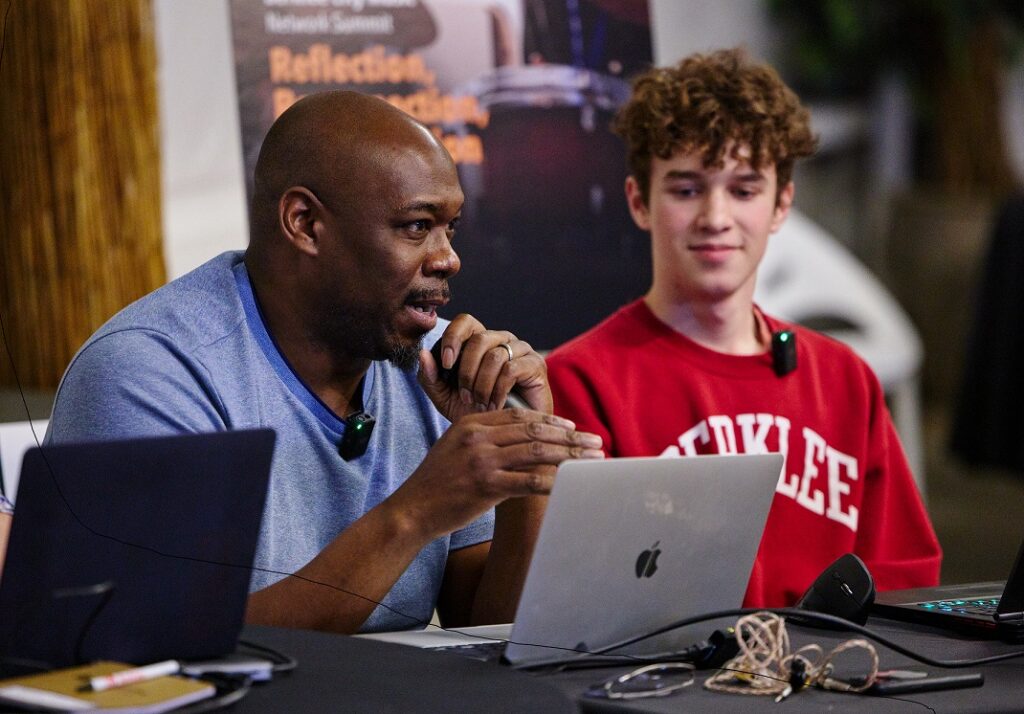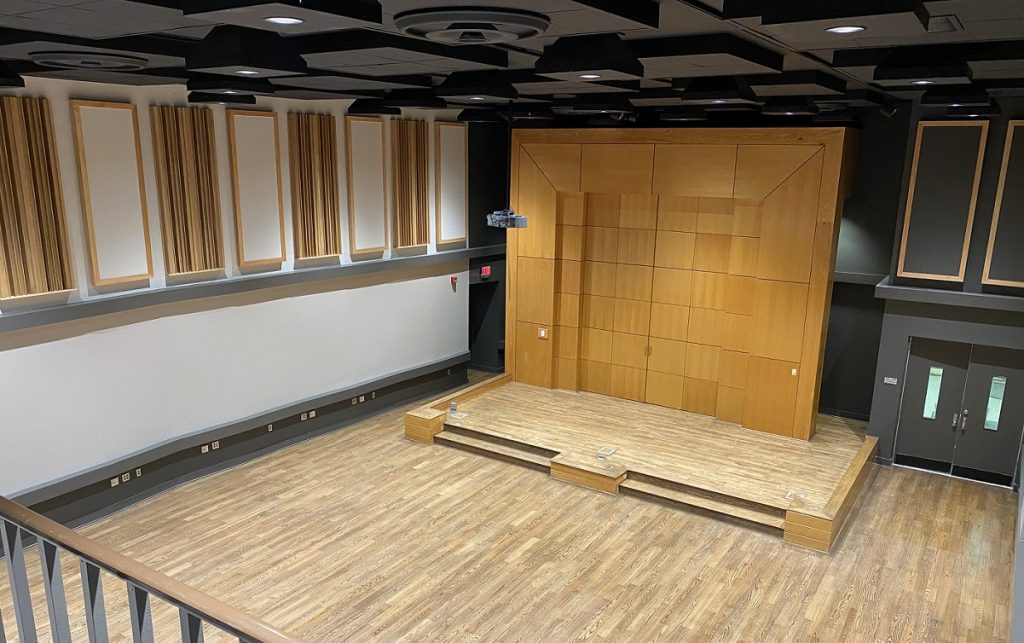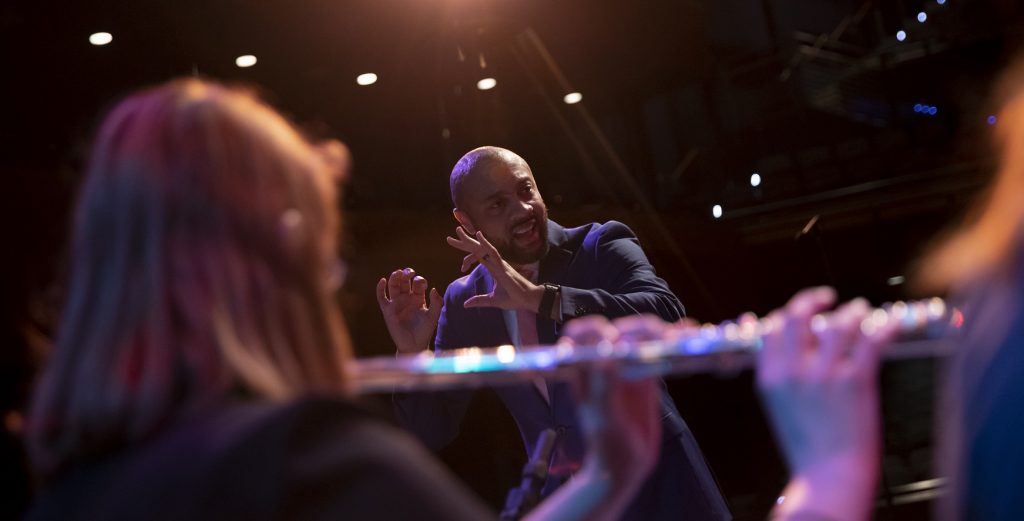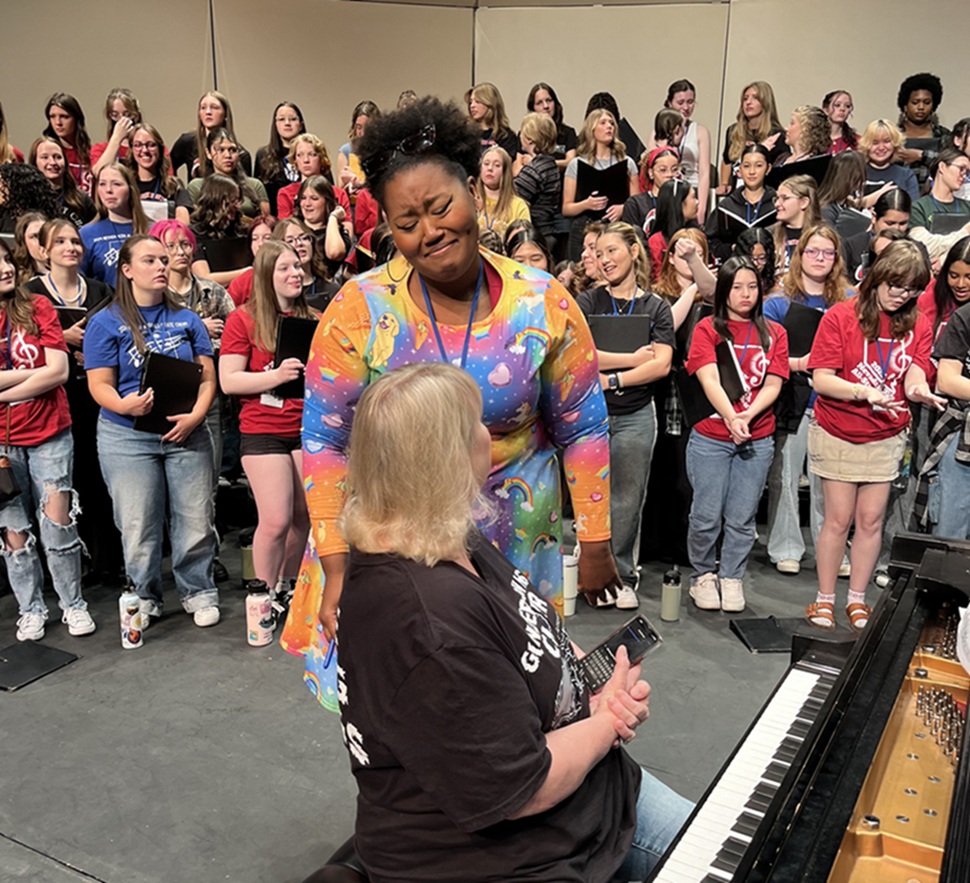Tagged Under:
USC Thornton’s New Initiative: Young Artist Project
Classical music majors must showcase how they drew connections between musical performance and another area of study in a unique, individualized senior year presentation.
In the spring of 2022, 75 female classical guitarists took the stage — the virtual stage. Aiming to highlight women’s accomplishments in the field of classical guitar, Doris Cosic, then a senior at the University of Southern California Thornton School of Music, had organized an all-women virtual guitar orchestra featuring musicians from all around the world. After commissioning a piece from Grammy-nominated Brazilian-American composer Clarice Assad, Cosic organized, compiled and edited a video performance piecing together all 75 musicians in perfect harmony.

According to Brian Head, Associate Dean and Director of Classical Guitar at USC Thornton, Cosic is still using the same skills in her professional life post-graduation. “Doris now works for a classical production company that produces videos,” Head says. “She learned a lot of digital audio and video editing that she’ll probably continue to use going forward.”
Cosic’s virtual orchestra is one of about 40 interdisciplinary performances that classical music majors at USC Thornton put on every year as part of a new initiative called the Young Artist Project, which requires classical music majors to combine their music performance acumen with another area of study, culminating their senior year in a presentation that shows how they can combine classical music with other skills to create something new.
“Even the greatest classical musicians in the world are doing other significant things that aren’t about playing the cello or piano,” Head says. “At a music school, that can almost feel sacrilegious. Every hour you take away from practicing scales [or] getting ready for that big concerto is an hour wasted; that’s the mindset.”
Head, along with the faculty of USC Thornton’s Classical Performance & Composition Division, aims to change this mindset by inspiring students to draw connections between their work as classical performers and other skills they’ll use in their future jobs. “We’re trying to show the relevance — the active, in-the-present relevance — of the work they’re doing in school with professional life,” Head says.
The Young Artist Project first launched at USC Thornton in 2019. After a brief hiatus due to the COVID-19 lockdowns in 2020 and 2021, the program has now completed two full iterations and will enter its third rotation during the 2023-2024 school year. The project has gained momentum among students during the past few years, and Head sees big plans for the future.
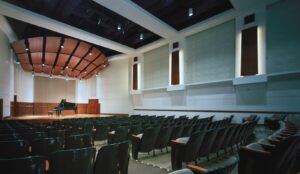
Beyond the Practice Room
The Young Artist Project began as part of an overall curriculum change in the Thornton School a few years ago. Called the “classical redesign,” the new academic trajectory emphasizes interdisciplinary connections over mastering a given instrument.
This method presents various areas of study as inherently interconnected. “It’s some kind of psychological trick in our minds that, when you sign up for a class, it’s in its own little box and has nothing to do with the rest of your life,” Head says. “Young Artist Project is an attempt to break down those barriers and show this as a real trajectory by linking this up with other courses.”
Undergraduate majors in the Classical Performance & Composition Division begin their Young Artist Projects during the second semester of their junior years, when they take a class to conceptualize and plan their projects under the mentorship of both faculty and peers. However, before that class begins, students have already started to think about the ways music connects to other areas of their life.
For example, one class that many students take before beginning their projects is called “Music and Ideas.” Instead of focusing on a specific genre or historical era of music, the class organizes music by other themes that connect music of many styles and periods to each other and to larger aspects of the human condition.
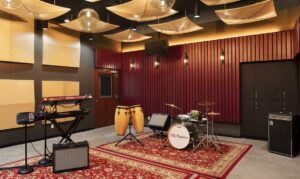
“We organize it around concepts instead of composers, time periods or places,” Head says. “We might talk about money, and how musicians made money in different eras. We might talk about religion or politics. We talk about jazz in the 1920s, what the political realities were during the Harlem Renaissance, and how that relates to composers in the late 1700s who were trying to assert themselves as artists. And, in turn, how that informs choices faced by musicians today.”
Classes like this help students to start drawing connections between musicianship and professionalism. “The overarching goal is to elegantly incorporate all of this into what a student is planning to do outside of school,” Head says. “The mission is [for students to get] equipped with practical skills, but also the philosophical and cultural apparatus to talk about it, to raise money for it, to collaborate and become more of a citizen of the world.”
Majors, Minors and More
When the time comes to choose a topic for the Young Artist Project, USC Thornton encourages students to look to their career goals and non-musical interests, including any double majors or minors they may have. “Some of our students are double majors, or they minor in the neurosciences or East Asian Languages,” Head says. “We want them to recognize that everything they do as artists is tied to what they do as humans, in their academic endeavors and in life.”
Students’ projects span a variety of disciplines — from sustainability to social justice to technology and more — and examines the way those topics can intersect with classical music. “It could be scholarship, it could be coding, it could be work that they’re doing at a retirement community nearby,” Head says. “The goal is to tie that to their musical practice and create an event, a deep work of scholarship, a tour, an app, a podcast.”
Each year, the classical music major at USC has about 40 students in the junior class. Because the Young Artist Project is a requirement for a classical music degree, that means Head and the other faculty see about 40 new projects each year.
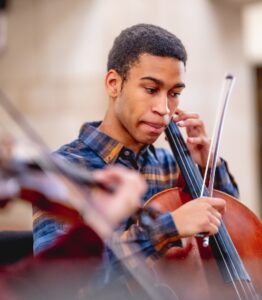
Unique, Individualized, Bespoke
Because students’ project formats rely on their specific interests and career goals, there is no one template for a successful final project. “If you have 40 students, you have 40 different ways those presentations work,” Head says.
As Head explains, projects like Doris Cosic’s virtual guitar orchestra exist as a finished product that can be accessed anytime online. However, other projects might require a one-time presentation or performance.
For example, Classical Guitar major Robert Wang, who is an accomplished fragrance designer as a side hobby, curated a concert that paired musical pieces with different smells. Wang studied the multi-sensory performance approach of Russian composer Alexander Scriabin and then created his own performance, arranging and choosing music that he tied to specific scents. He held his recital at the Los Angeles Olfactory Institute, where a series of fragrances were distributed to audience members to inhale while the student performed each piece of music.
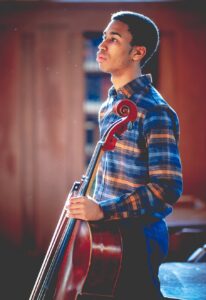
Though each project has one thing in common — classical music — every other element of the project, presentation and final assignment is tailored to the individual. “Some projects are scheduled throughout the semester. Others exist on the web. Some do a tour experience and they video tape it and present it,” Head says. “We try to make it bespoke.”
Because each project has its own requirements, some projects may require a budget while others don’t. Head says that while most students can accomplish their projects without a big financial budget, others may need funding. These students use this opportunity to practice finding outside grants, crowdfunding and putting together a budget.
However, because funding is often small, Head says that part of the learning experience involves keeping the scope of your project realistic. “Part of the exercise is to manage the expectations of this kind of first effort,” Head says.
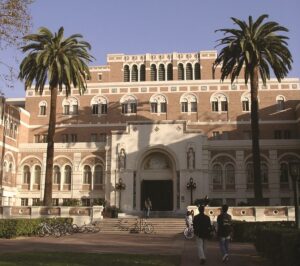
A Bright Future
Increasing funding for the program and grant opportunities for students is one of Head’s goals for the future of the Young Artist Project. “We have identified a donor who’s helping to underwrite this in a meaningful way, starting this fall,” Head says.
But beyond the financial, Head hopes to expand the program in other ways as well. Mainly, he wants students to become motivated by seeing successful alumni projects. “I love when former students come back and say things like, ‘Now I’m the production coordinator for the Santa Fe Opera doing multimedia, just like the Young Artist Project I did five years ago,’” Head says.
While alumni regularly return to USC Thornton to inspire current students, Head is looking forward to seeing alumni taking advantage of all the skills they used in their projects — beyond music performance — in their professional lives. “We hope that we create a feedback loop … focusing on this thing that isn’t just their playing,” he says. “That’s my next step.”
The Young Artist Project is intentionally open-ended, but Head says that doesn’t mean students need to pressure themselves to make their projects something groundbreaking or career-defining. Rather, the projects should serve as a debut creation, with the idea that many more creations are yet to come.
“This is an example of something you might be doing in a major way, and this might become part of your professional identity,” Head says. “You’ll do many projects. You need to make your mark, identify what you’re doing and get a great start.”
The University of Southern California is one of 10 distinguished colleges and universities selected to be part of the inaugural Yamaha Institution of Excellence program, which recognizes extraordinary commitment to innovation in the study of music. The Yamaha Institutions of Excellence were chosen for their dedication to providing unique and challenging experiences to music students through diversity of thought and curriculum. They are also recognized for exposing students to a wider variety of voices and opportunities and preparing them for the modern world of music.










